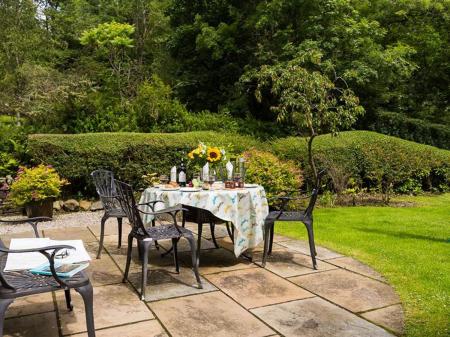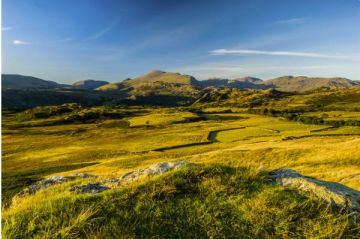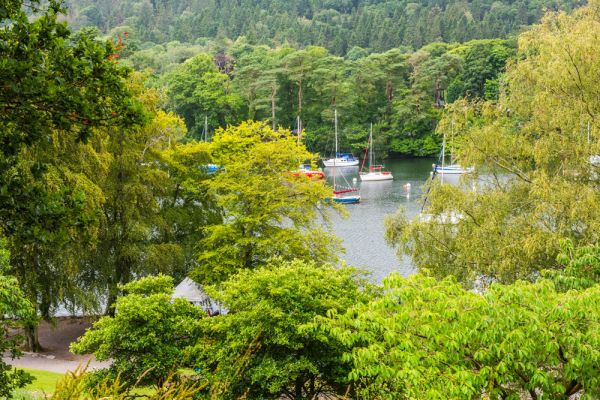
Fell Foot Park was established in the 19th century, and still retains an air of Victorian splendour. Victorian boathouses have been converted to provide tearooms, shops, and rowing boat hire.
History
Fell Foot developed as a ford across the southern tip of Lake Windermere, linking estates owned by the monks of Furness Abbey to the main route to Kendal. It was a farm until 1784 when a wealthy merchant from Leeds named Jeremiah Dixon bought the estate.
Dixon transformed the earlier farmhouse into a large villa and laid out a pleasure ground surrounding the house. In 1810 he moved the road (now the A592) from the lakeshore to its present route further inland.
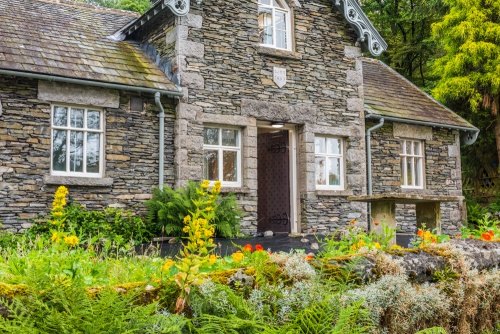
In 1813 the Dixons sold Fell Foot to Francis 'Squire' Astley, who had made a fortune from coal mining. Under Astley, Fell Foot developed as a picturesque 'villa landscape', with two long carriage drives, a pair of boathouses, woodland trails, and carefully designed views up the lake.
In 1859 Astley's son sold Fell Foot to Colonel George Ridehalgh of Urmston. Colonel Ridehalgh was a keen sailor and in 1879 he launched the steam yacht Britannia on Lake Windermere. To indulge his passion for water sports Colonel Ridehalgh created a small harbour below the villa, with a complex of three piers and five boathouses in Gothic style.
These Grade II listed boathouses are Fell Foot's most striking buildings, with crenellations, arrow slits, portcullises and all the picturesque trappings of Victorian Gothic architecture. The boathouses are designed to be viewed from the lake so you really have to walk out on one of the piers and look back to get the full effect.
The largest boathouse (now used as a cafe) featured a solid floor, fireplace, wrought-iron decoration and ornate gasoliers for lighting. It was so grand that it was used occasionally as a ballroom.
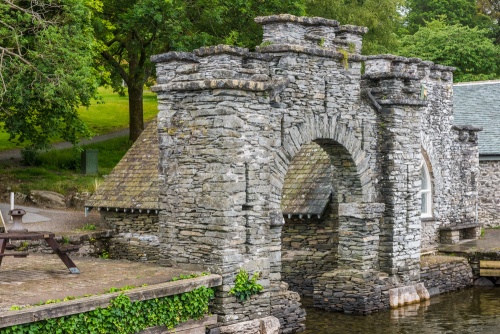
Colonel Ridehalgh also planted an arboretum stretching up the hill from the lake. Here he planted a mix of unusual conifers and deciduous trees. He created rhododendron shrubberies and extended the walled garden.
He was a progressive thinker and installed a system of lighting throughout the estate, powered by coal gas. The coal gas was generated in the Gas House (1869), a beautifully picturesque cottage that now serves as an interpretation centre and administration offices.
Unfortunately, the glory days of Fell Foot were nearing an end. In 1907 the estate was sold to Oswald Hedley, who tore down the villa and began building a neo-Jacobean mansion in its place. Tragically, Hedley's second wife died and he abandoned the project. His third wife gave Fell Foot to the National Trust in 1948. Under the Trust's care, it has been operated as a recreational facility ever since.

Visitors can enjoy what remains of the 19th-century arboretum, flower meadows, and lakeside walks. You can see a short film outlining the history of Fell Foot in one of the former boathouses by the shore, and hire a variety of boats at the old boathouses. The location is superb, and Fell Foot is one of the very few places at the southern end of Lake Windermere with public access.
The park is open all year except Christmas and New Year holidays.
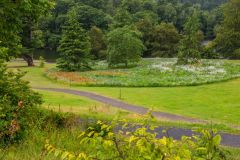
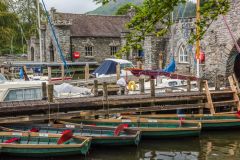
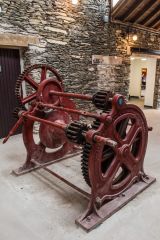
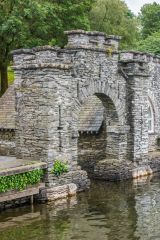
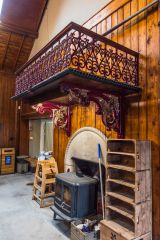
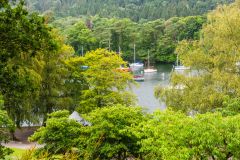
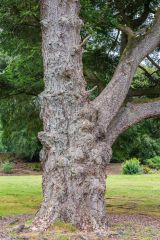
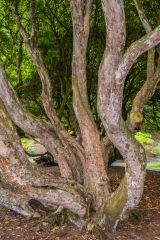
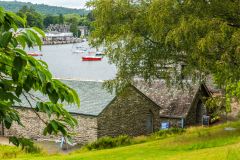
 We've 'tagged' this attraction information to help you find related historic attractions and learn more about major time periods mentioned.
We've 'tagged' this attraction information to help you find related historic attractions and learn more about major time periods mentioned.

